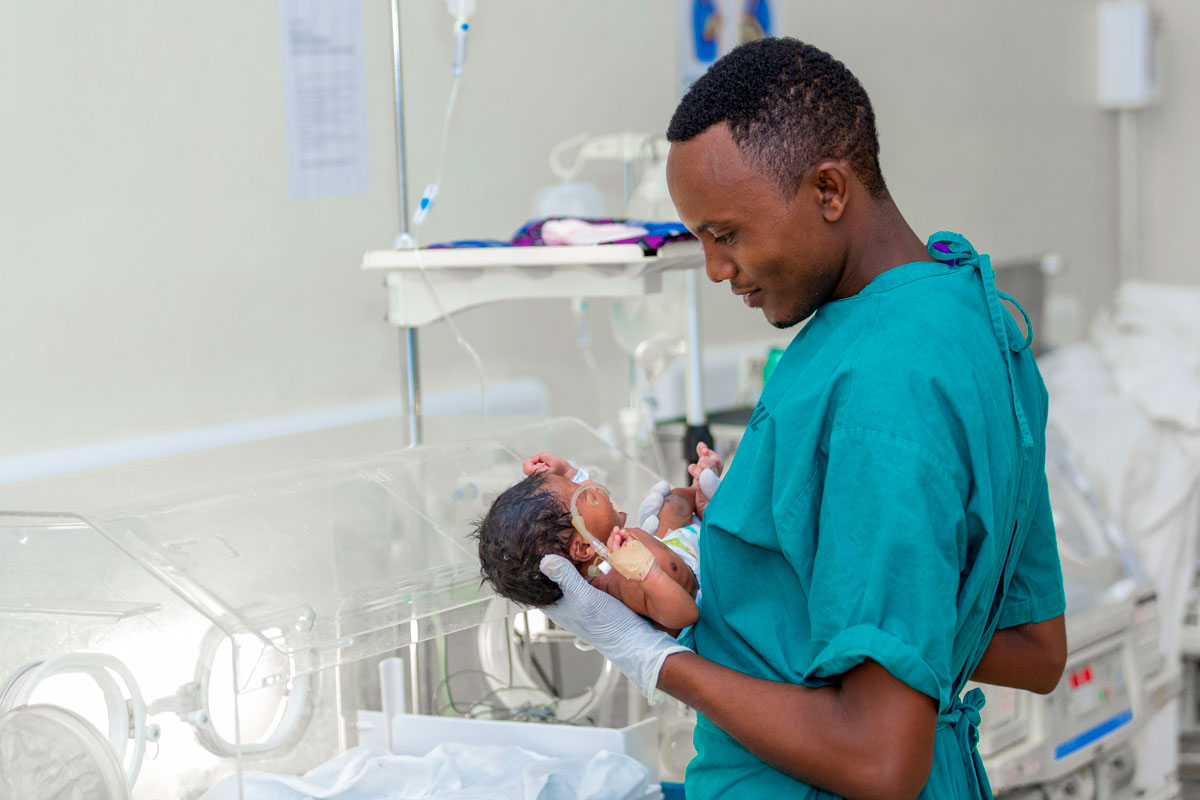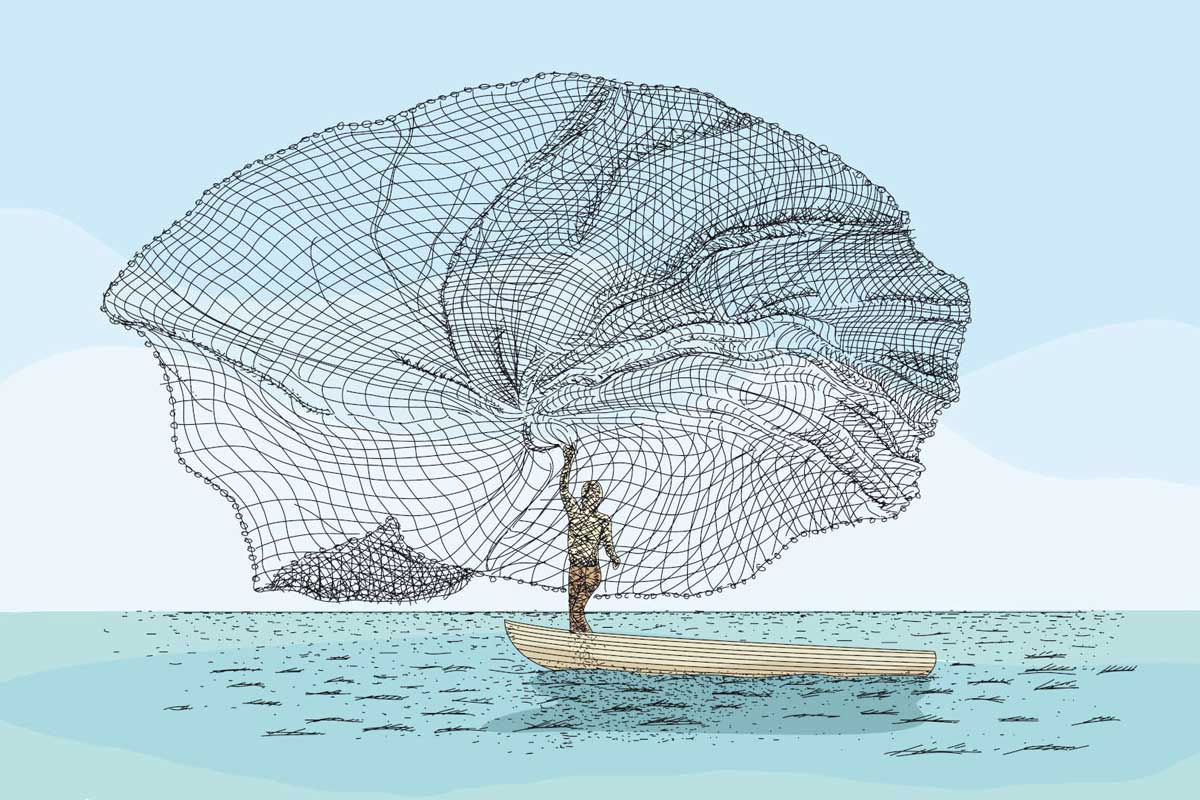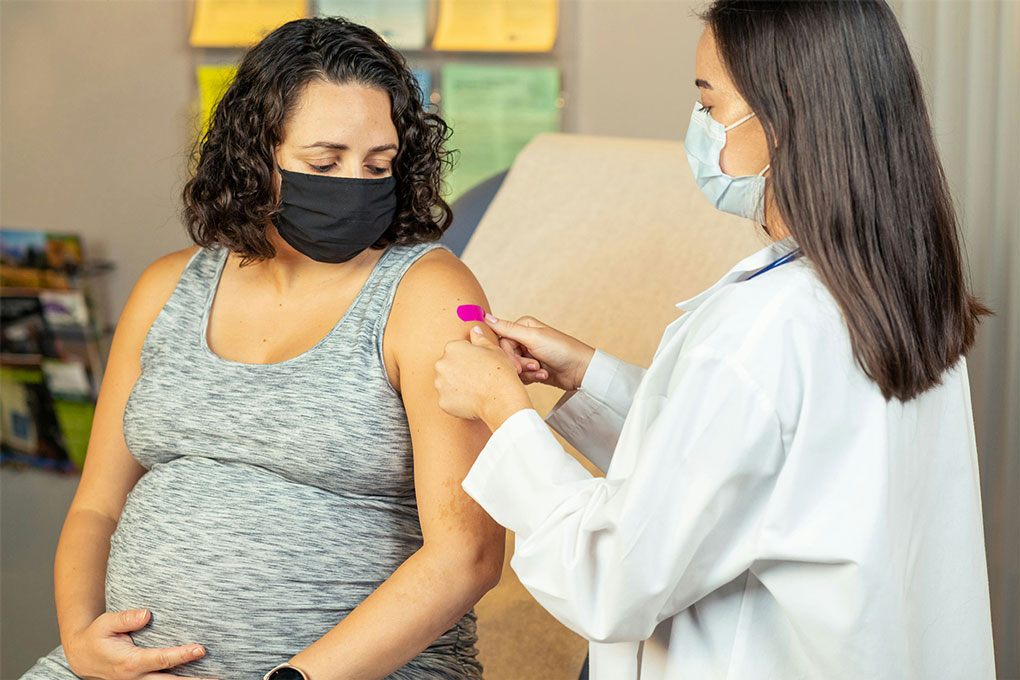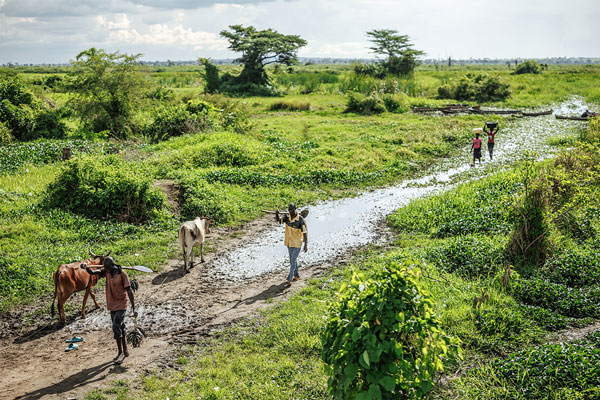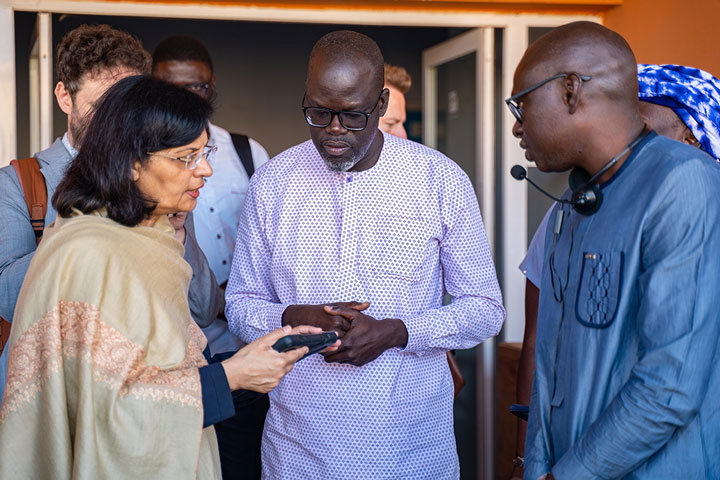Calculating the future: how Gavi figures out how many lives vaccines have saved
Gavi has prevented 18.8 million deaths since 2000 – here’s how the Alliance arrived at that number.
- 21 March 2025
- 3 min read
- by Priya Joi
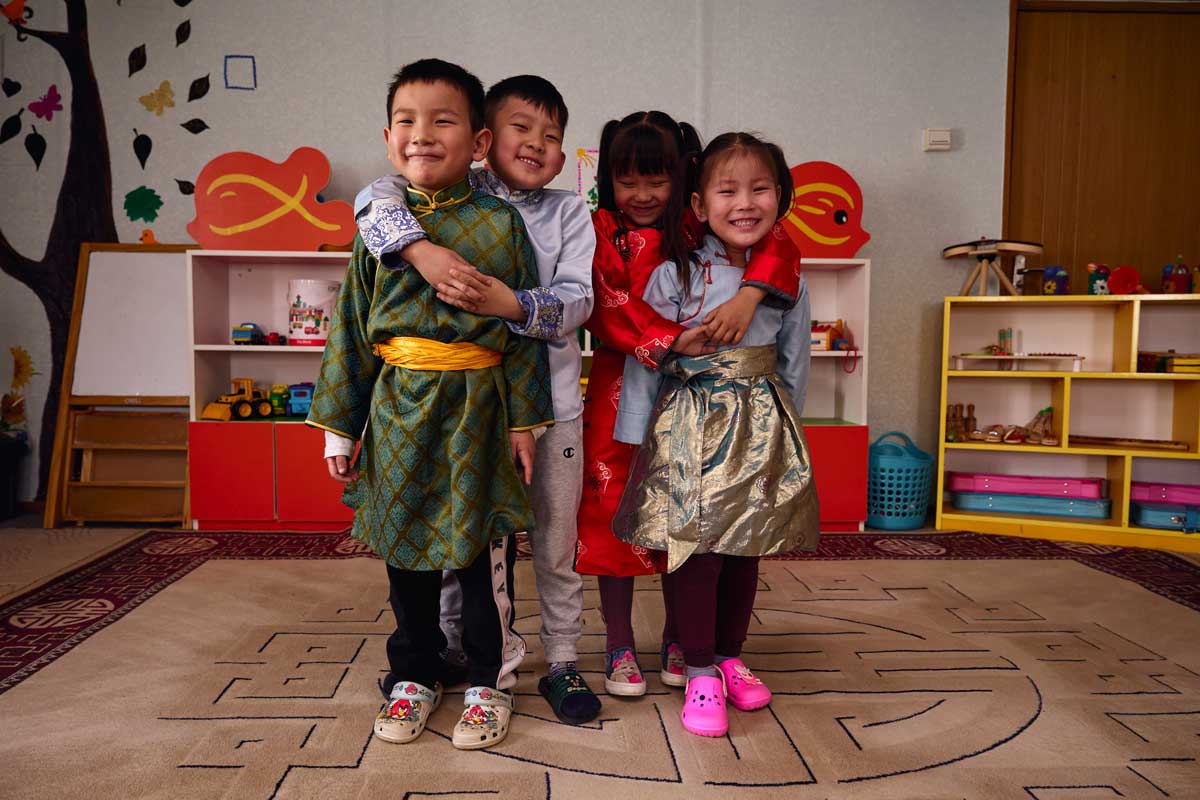
In Nigeria, a worried Fortunate Okoro managed to secure a measles vaccine for his son through a large-scale measles catch-up campaign. Beatrice Chirwa managed to vaccinate her daughter against cholera in Malawi. In Cameroon, Patrick Koulagna rushed to get his child protected against yellow fever as soon as he heard that an immunisation drive was starting.
These are just three of the billion children protected with vaccines supplied by Gavi since 2000. This huge impact is predicted to have prevented a staggering 18.8 million future deaths from preventable diseases, including those of children and adults. But who calculates these predictions, and how is it done?
Modelling the impact
The 18.8 million estimate, says Gavi’s Tewodaj Mengistu, Senior Programme Officer in Gavi’s Measurement, Evaluation and Learning team, is carefully calculated by the Vaccine Impact Modelling Consortium (VIMC).
“Broadly, the impact of vaccines is calculated by projecting what a world without vaccines would look like in terms of disease, then comparing that to the actual disease burden - the difference we see is the health impact of vaccines,” says Katy Gaythorpe, School of Public Health, Imperial College London, research lead at the VIMC.
Gavi’s numbers focus on 12 antigens delivered in 78 lower-income countries: cholera, hepatitis B, Haemophilus influenzae type b (Hib), human papillomavirus (HPV), Japanese encephalitis, measles, meningococcal A), pneumococcal (PCV), rotavirus, rubella, typhoid and yellow fever.
These figures represent the impact from routine immunisation and preventive vaccination, and they exclude Gavi-supported outbreak response vaccination campaigns and Gavi-supported emergency stockpiles for Ebola, meningococcal, oral cholera and yellow fever vaccines.
For each disease, at least two or three models measuring the impact of vaccination are used and then averaged. The models are updated every 2–5 years to reflect the latest disease knowledge.
The VIMC uses a rigorous methodology using standardised inputs like UN population data and WHO and UNICEF coverage estimates in its models to build three perspectives on vaccine impact.
One is the ‘calendar view’ of how many deaths happened in a particular calendar year. Second is the ‘cohort view’ that looks at how many deaths are prevented through vaccinations in a single birth cohort. Third is the ‘vaccination year view’, which is the number of deaths averted attributed back to the year of vaccination.
Each of these has an individual, important value says Mengistu. For instance, the cohort view can look at the impact of vaccinating a specific cohort of girls against HPV across their lifetime, as the vaccine prevents cervical cancer that may only manifest later in life.
For Gavi, ‘year of vaccination’ is used, says Mengistu, to report deaths averted in the year of vaccination.
Conservative estimates
It’s important to note that Gavi's impact estimates are conservative.
Even if Gavi pays for a vaccine, the impact of the vaccine will only be attributed to Gavi if the country had initially introduced the vaccine with Gavi support.
This means that many more lives are being saved by vaccination if the total impact is taken into account: a study by the VIMC published in 2021 estimated that 97 million deaths in total would be averted due to vaccination over the 2000 to 2030 period. 50 million of those would be prevented due to vaccinations between 2000 and 2019.





